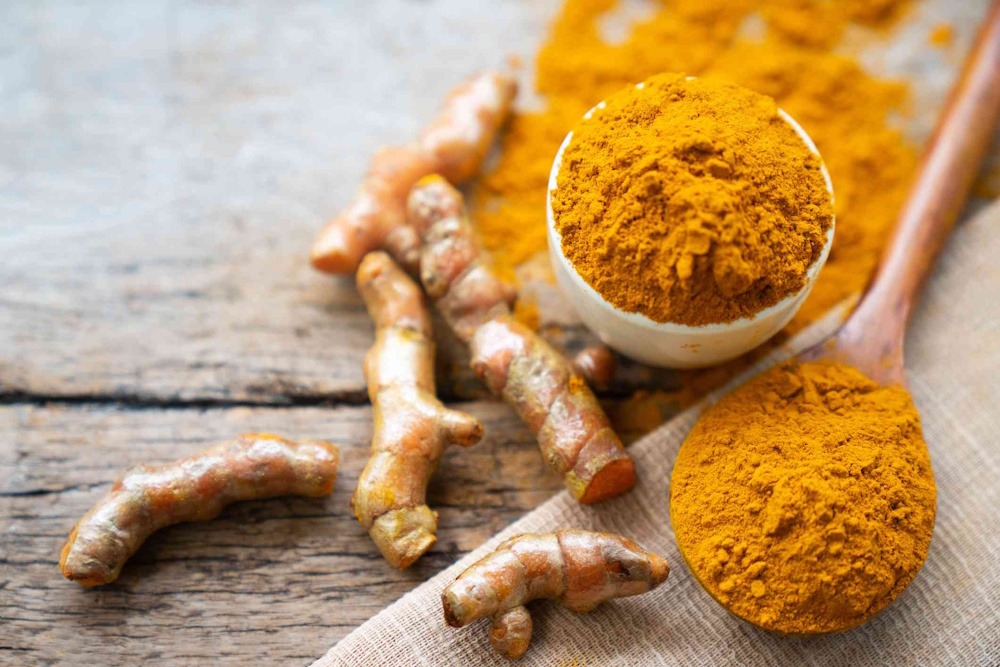
Turmeric prices increased by 1.37% to Rs 15,340, driven by supply concerns stemming from crop damage in major producing states like Maharashtra, Andhra Pradesh, and Karnataka as a result of excessive rainfall. Erode, a significant trading center, experienced quality challenges as persistent rainfall resulted in disease outbreaks and elevated humidity, complicating the preservation of turmeric.
In Nanded, substantial rainfall has been reported to have adversely affected approximately 15% of the cultivated area, thereby exacerbating supply constraints. Furthermore, the inventory of turmeric held by farmers in Warangal is approaching depletion, accompanied by restricted arrivals in recent trading sessions. Conversely, gains were limited as total acreage rose by 10% year-on-year to 3.30 lakh hectares for the 2024–25 season, bolstered by favorable monsoon conditions. Preliminary assessments indicate an additional increase of 15–20% in turmeric cultivation, as agricultural producers favor it compared to less lucrative alternatives.
In Duggirala, robust demand for fresh arrivals persists, as new stock commands higher prices compared to older lots, attributed to enhanced quality and consistent trade volumes of 1,000–1,200 bags per day. During the period from April to July 2025, turmeric exports experienced a year-on-year increase of 2.29%, reaching a total of 63,020 tonnes, which underscores a consistent demand from international markets.
From a technical perspective, the market is experiencing new buying activity, evidenced by a 1.46% rise in open interest to 12,160 contracts, alongside a price increase of Rs 208. Turmeric exhibits support levels at Rs 15,192 and Rs 15,046, with resistance identified at Rs 15,492 and Rs 15,646. A breach of Rs 15,646 could catalyze additional bullish momentum.
